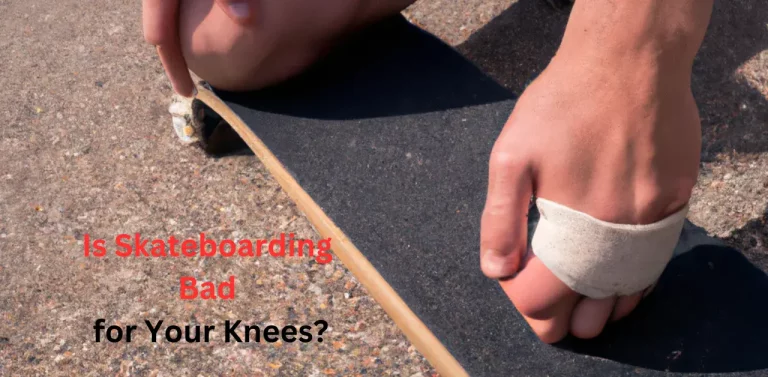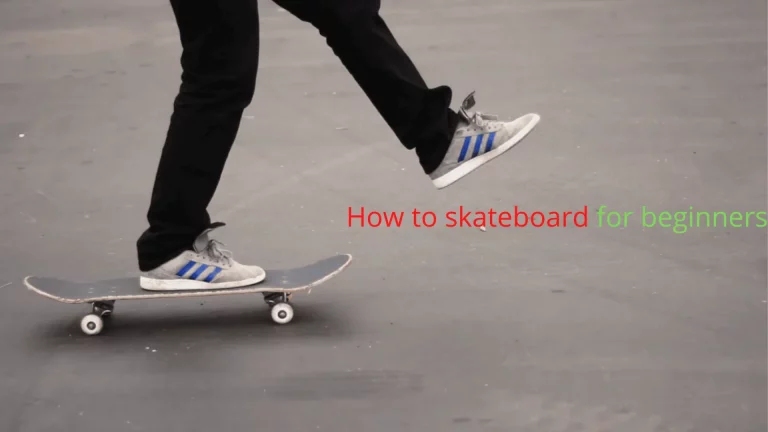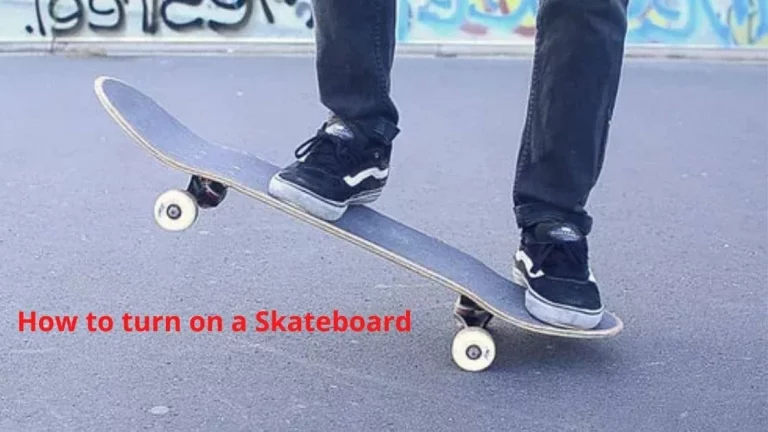is skateboarding Hard to Learn?
Skateboarding is one of the most thrilling ways to move, express yourself, and stay active. But many people wonder: Is skateboarding hard to learn, especially for beginners? The truth is, skateboarding does have a learning curve, but with the right mindset, equipment, and practice, anyone can get rolling.
Is Skateboarding Hard for Beginners?
Why Do Many People Find Skateboarding Difficult at First?
Skateboarding can be intimidating at the start because it challenges your balance, coordination, and patience. Most beginners need time to get comfortable standing on a moving board, let alone mastering tricks like the ollie or kickflip.
Key factors that influence difficulty:
- Commitment: Regular practice accelerates learning.
- Balance: Good balance makes riding and tricks easier.
- Experience: Prior exposure to activities like surfing, snowboarding, or rollerblading can help.
- Mindset: Patience and willingness to fall and get back up are crucial.
What Makes Skateboarding Challenging?
What Are the Main Skills You Need to Learn?
- Balancing: Staying upright while rolling is the foundation.
- Pushing Off: Learning to push with the back foot and ride straight.
- Turning: Shifting your weight to carve or make smooth turns.
- Stopping: Using the tail, foot brake, or a controlled slide to stop.
- Tricks: Moves like the ollie require timing, footwork, and confidence.
Example: The ollie is the gateway to street skateboarding. It’s often the hardest trick for beginners, but mastering it opens up the world of flip tricks and skatepark skills.
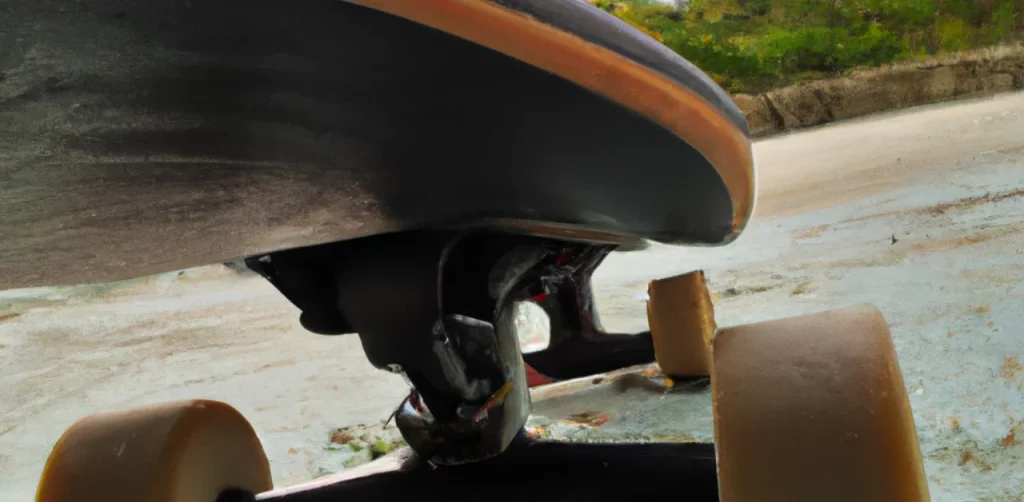
How Can You Choose the Right Skateboard?
Which Skateboard Is Best for Beginners?
Selecting the right type of board can make a huge difference in your learning experience. For most beginners, a standard skateboard (also called a street skateboard) is ideal. It provides a balance of control, comfort, and versatility.
| Type of Board | Best For | Key Features |
|---|---|---|
| Standard Skateboard | Beginners, tricks | Double kicktail, pop, stable deck |
| Longboard | Cruising, comfort | Longer deck, bigger wheels, stable |
| Cruiser | Around town, fun | Compact, softer wheels, easy to carry |
Tip: Look for a skateboard deck width between 7.75” and 8.25” for most adults. Kids and smaller riders may prefer a narrower deck.
What Safety Gear Do Beginners Need?
How Important Is Protective Gear for Skateboarding?
Safety gear is essential for every beginner. Falls are a part of learning, and protective equipment prevents serious injuries.
Must-have skateboarding safety gear:
- Certified helmet (skateboard or multi-sport)
- Knee pads
- Elbow pads
- Wrist guards
- Skate shoes with flat soles and grip
How Do You Learn to Balance and Ride?
What’s the Best Way to Find Your Stance?
- Regular: Left foot forward
- Goofy: Right foot forward
Try both stances and see which feels natural. Stand on the board with one foot near the front bolts and the other on the tail or just behind the back bolts. Practice standing still, then try gently rolling on a smooth, flat surface.
How Do You Start Moving?
- Place your front foot just behind the front bolts.
- Use your back foot to push off the ground.
- Place your back foot onto the tail, adjusting your balance.
Start by practicing in a straight line. When comfortable, begin practicing gentle turns by leaning your weight.
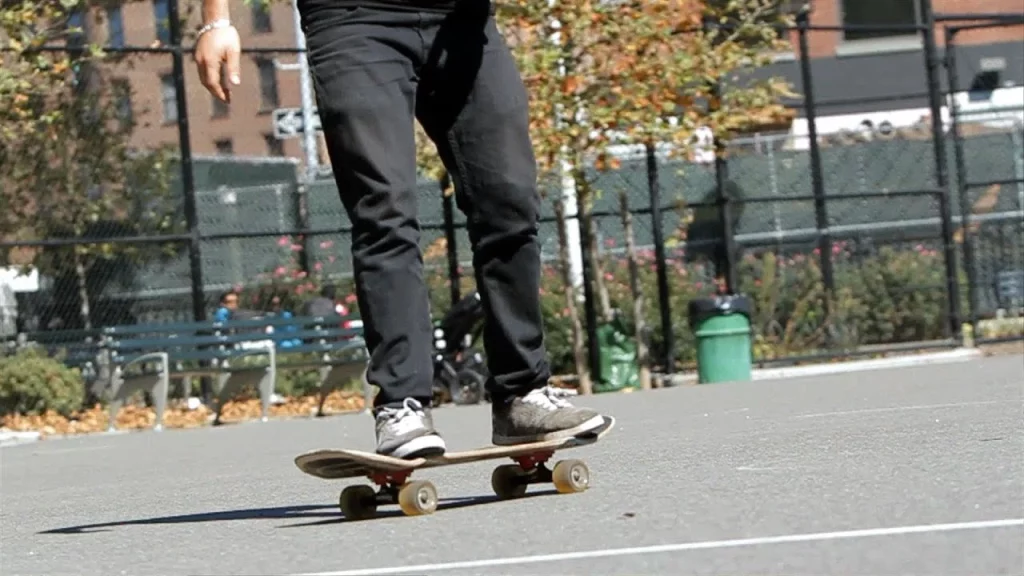
What Are the Most Common Mistakes Beginners Make?
What Pitfalls Should New Skaters Watch Out For?
| Mistake | Why It’s a Problem | How to Fix |
|---|---|---|
| Skipping Safety Gear | Higher risk of injury | Always wear helmet & pads |
| Incorrect Stance | Affects control & balance | Feet shoulder-width, knees bent |
| Leaning Too Far Forward or Backward | Causes falls or loss of balance | Keep weight centered |
| Mongo Pushing (pushing with front foot) | Reduces control | Push with back foot |
| Skipping Basics for Tricks | Poor technique, slow progress | Master balance, pushing, turning |
| Riding on Rough Surfaces | Increases risk of falls, hard to control | Start on smooth pavement |
| Improper Foot Placement | Less stability | Place feet over bolts, not edges |
| Looking Down Instead of Ahead | Harder to spot obstacles, lose balance | Keep eyes forward |
| Overcomplicating/Doing Too Much at Once | Leads to frustration, burnout | Focus on one skill at a time |
| Skipping Warm-Up and Cool-Down | More likely to strain muscles | Stretch before and after skating |
Real Example: Many new skaters struggle with “mongo pushing.” It feels natural at first, but developing proper pushing technique early leads to better control later on.
How Can You Overcome Fear and Build Confidence?
How Do You Deal With Fear of Falling?
Falling is a natural part of skateboarding. The key is to accept it and learn to fall safely. Try to roll when you fall and avoid putting your hands out straight to catch yourself—this reduces wrist injuries.
Tips for confidence:
Watch experienced skaters and learn from their technique.
Set small, achievable goals.
Celebrate progress, no matter how small.
Skate with friends or join a skateboarding group.
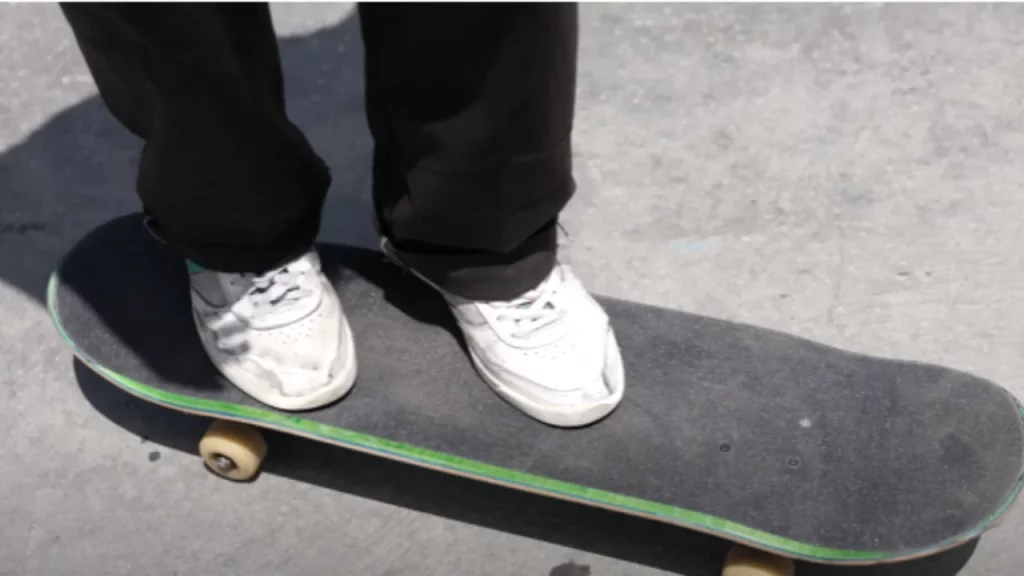
What Tips Help Beginners Improve Faster?
How Can You Practice More Effectively?
- Consistency: Skate regularly, even for short sessions.
- Focus on Basics: Balance, pushing, and turning come before tricks.
- Choose Good Surfaces: Start on smooth, flat areas with plenty of space.
- Ask for Advice: Join a skate community or take a beginner lesson.
- Observe and Learn: Watch skateboarding videos, especially slow-motion breakdowns.
Research Insight: Studies show that beginners who practice with others and seek feedback progress up to 30% faster than those who skate alone.
Conclusion
Learning to skateboard is challenging, but it’s also incredibly rewarding. You’ll fall, get up, and gradually see real improvement. With patience, the right gear, and a positive attitude, you’ll go from wobbly first rides to carving, cruising, and maybe even landing your first trick. Is skateboarding hard? Yes, at first. Is it worth it? Absolutely.
Frequently Asked Questions (FAQ)
1. How is skateboard wheel hardness measured?
Skateboard wheel hardness uses the durometer scale, typically the A scale (e.g., 78A, 101A). Higher numbers mean harder wheels (faster, less grip); lower numbers are softer (slower, more grip).
2. Which skateboard hardware should I get?
Most beginners do well with 1-inch hardware for standard skateboards. If you use larger riser pads, opt for 1.25” or 1.5” hardware.
3. How long does it take to learn to skateboard?
With daily or frequent practice, most people can cruise comfortably within a few weeks. Learning tricks takes more time and varies by individual.
4. What age is best to start skateboarding?
There’s no perfect age—children, teens, and adults all learn at their own pace. The most important factor is interest and willingness to practice.
5. Can I teach myself, or do I need lessons?
You can learn solo, but joining a skateboarding class or practicing with friends can speed up your progress and make learning more fun.

“Welcome to our website, Here You’ll find a wealth of information on finding the right skating gear that will last for years to come, as well as tips and tricks to help you improve your skills. Whether you’re a beginner or an experienced skater, you’ll find something of value here.”


